Indirect taxes and subsidies
by Ong Yilin

1. is a compulsory levy imposed on goods and services
1.1. and is applied in things like: GST, import duties, service charges, entertainment duties...
2. Has the purpose of
2.1. reducing direct taxes (to allow govt. to collect more tax without chasing people away)
2.2. financing govt. expenditure
2.3. controlling private expenditure
3. Ad valorem tax
3.1. Tax as a percentage of total amount paid
3.2. Upward non parallel shift, pivots up, as qty increases, price increases more than proportionally
4. Specific tax
4.1. Tax amount by per unit
4.2. Parallel leftward shift of supply curve, price increases by the amount of the tax
5. Taxes on markets which are already at equilibrium will cause welfare loss
5.1. When drawing diagrams, we can use both producer/consumer surplus and cost/benefit analysis to show welfare
6. Subsidy is a payment to producers to encourage the production of a certain good, and decreases their MC of production
6.1. should not be confused with grants which are given to households (this increases demand)
7. has the purpose of
7.1. increasing consumption of a particular good
7.2. help the poor to afford a particular good
8. Subsidies are not always a good thing, when applied in equilibrium markets, it will lead to welfare loss as funding ultimately comes from taxpayers, and the full effects of the subsidies are not captured
9. usually per unit, so parallel shift in SS


